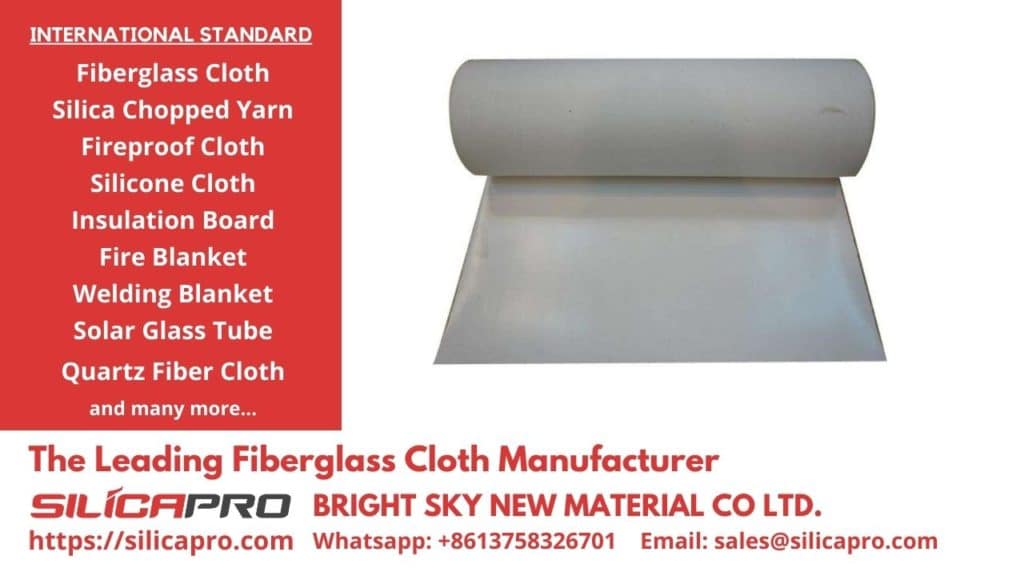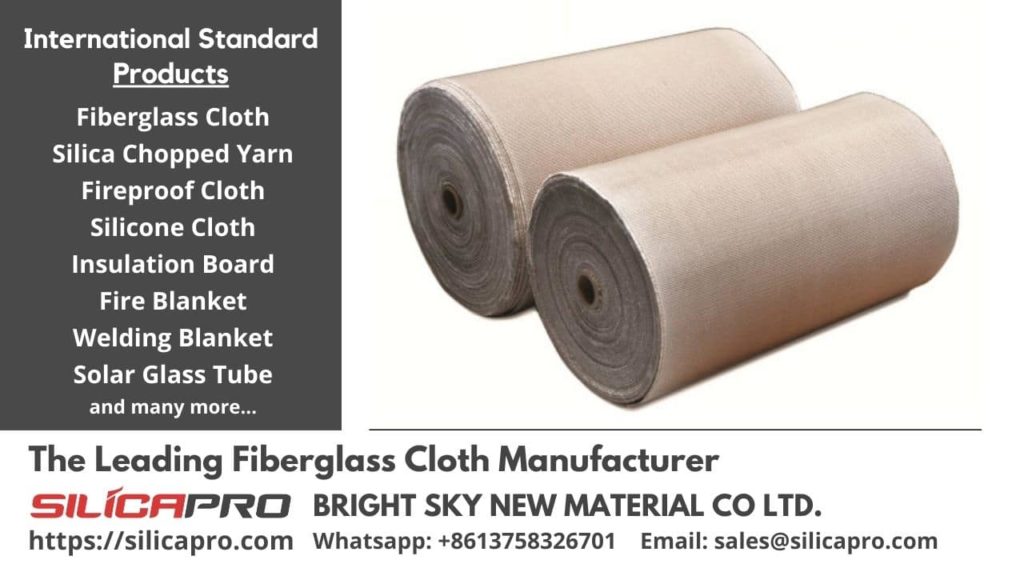
Fiberglass is a material that is very useful for life so it is used in many ways. This is very logical because of the strong, anti-corrosion, anti-weathering, and light properties of fiberglass. Various projects use fiberglass because of its properties as a good insulator. Not all fiberglass has the same shape. There are various types of fiberglass and their advantages and disadvantages. Understanding fiberglass types will help you find the right type according to your needs.
Contents
Fiberglass Types Based on Raw Materials and Uses
Fiberglass comes from processing glass in such a way as to produce glass fibers. It is a beneficial and popular material in the construction and interior design industries. This material is not new, but in the past, there were limitations in its application. Unlike now, fiberglass dominates many sectors that need it.
Of course, this is a beneficial attraction because this material is cheaper but has good strength. It is very light and easy to shape to suit whatever your needs are. So that you don’t choose the wrong fiberglass material, here are several types of fiberglass and their uses.
Type A-glass or alkaline fiber
You can find this type of fiberglass used in houses and buildings as thermal insulation. Ship bodies and various other products also use this type. It is heat resistant, chemical resistant, and light so this is the type of insulation that has the most applications.
Type C-glass or what people call chemical glass
This type has great resistance to chemicals. It is also strong and resistant to high heat temperatures. The price is also relatively expensive compared to other types. Aircraft components, automotive fields, and sports supplies are generally applications of the C-glass type.
D-glass
If you are curious about what the ingredients are, the answer is that it consists of boron oxide, aluminum oxide, and a mixture of silica sand. The dominant properties of this material are strength and flexibility. It is for sports equipment and electrical insulation.
E-glass
E-glass is an excellent electrical insulator of the fiberglass types. Some of its properties are strength, good durability, and rust and corrosion resistance. Surfboards are one such application. E-glass is the best material for household electronic devices.
S-glass
S-glass is stronger fiberglass and more corrosion-resistant than E-glass. It consists of a mixture of aluminum and silica sand. This type can withstand hot temperatures better than E-glass and has good mechanical properties.
AR-Glass
Have you ever seen a bulletproof vest? AR-glass consists of aramid fibers through a long process to produce the strongest fiberglass and most durable fiberglass.
The Types of Fiberglass Based on the Shape of the Fiberglass and Its Application
Besides the 6 types above, there are other types of fiberglass with their advantages and uses. Fiberglass also has specifications based on its shape and use.
Fiberglass roving type
We can imagine that this type comes from a combination of twisted fiberglass fibers. It is easy to find applications of this type in sports equipment, plastic materials, and other simple uses.
Fiberglass rope
It is a rope made from glass fibers through a braiding process. This type of fiberglass will be easy to find in packing goods.
Fiberglass cloth

Fiberglass cloth is just like fabric, fiberglass fibers go through a long weaving process. The final result resembles cloth. Sails on ships are an example of their use. We can find it in fireproof curtains and heat protection materials. This material is suitable for coating because it is very flexible but strong enough.
Fiberglass tape
It will be easy to find it on projects that use this fiberglass to strengthen each corner and cover the edges because it consists of small and limited pieces of fiberglass. However, in wider sizes, they are often used in the automotive and heat pipe fields.
Various fiberglass types are deliberately available to meet many different needs. Of course, in projects that require fiberglass material, it is natural that challenges arise in choosing it. You need to measure your needs and then look at each fiberglass specification based on strength, flexibility, and use. Because each type has advantages and disadvantages. If you find any difficulties, you can consult an expert to find the best fiberglass according to what you need.
